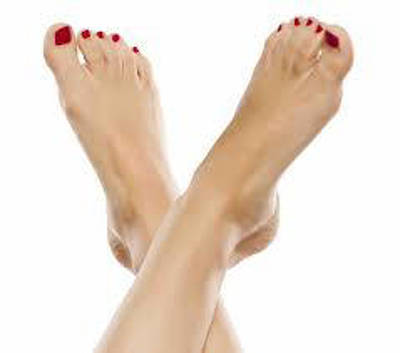So you climb into bed late at night, snuggle up next to your already-sleeping partner, and he immediately yelps. Cold feet strike again. An age-old nemesis to cuddling. Especially now that winter is upon us. Cold feet are common and often accompanied by cold hands. Which begs the question: what’s putting the chill into so many of us? As with much of life, the answer is, “it depends.”
Reynaud’s Syndrome
Reynaud’s is a common condition which causes cold feet and hands. The human body naturally reacts to colder temperatures by going into heat conservation mode. Your body’s priority is to protect your organs, which are essential for life and kept functioning by the larger blood vessels. In extreme cold, the body is designed to sacrifice the outer extremities first in order to keep the organs functioning. Obviously, that means the feet and hands. With their smaller blood vessels, they are more susceptible to cold. In people with Reynaud’s Syndrome, that reaction gets amped up. Their small blood vessels are more sensitive than normal to fluctuations in temperature, overcompensating in cooler temperatures and sometimes also in warmer temperatures. Women are five times more likely than men to have Reynaud’s Syndrome, but thankfully, it is not usually serious.
Why women are more likely to have cold feet
In women, all aspects of the body, including the blood vessels, are influenced by estrogen. Fluctuations in estrogen can affect the blood supply to the hands and feet. In addition, there’s body composition as a factor. For better or for worse, women have 10% more body fat than men. This keeps our organs protected, and also helps to protect babies in the womb, but it also means that it’s slightly harder for the body to push blood to the outer surface of the skin.
More serious causes
Other more serious underlying conditions can cause cold feet and hands. Among them is atherosclerosis, i.e., a symptom commonly related to heart disease. With atherosclerosis, plaque builds up in the arteries, causing decreased circulation to the feet. Another potential cause is hypothyroidism (an underactive thyroid). Hypothyroidism mainly affects women, causing cold feet and a myriad of other related symptoms. If you are over 50 and your cold feet are a relatively recent development, it may be worth a trip to the doctor to see if atherosclerosis is the cause. In the case of hypothyroidism, this can come on at any age. Other symptoms include difficulty losing weight, thinning hair, bloating, muscle pain, constipation and sluggishness in the morning. Again, it’s worth a trip to the doctor if you’re experiencing any of these.
Remedies
Assuming you don’t have a more serious underlying condition, the remedies are simple and few. Light exercise can help temporarily increase blood flow to extremities. But the most practical advice is to rethink socks. Decide socks are the new sexy and embrace them. Think of them with the love many of us feel for shoes. With that in mind, we took to Etsy to find some beautiful handmade socks, and also to support individual artisans. Here are our five favorite pairs. We wish you a cozy winter, from head to toe.

